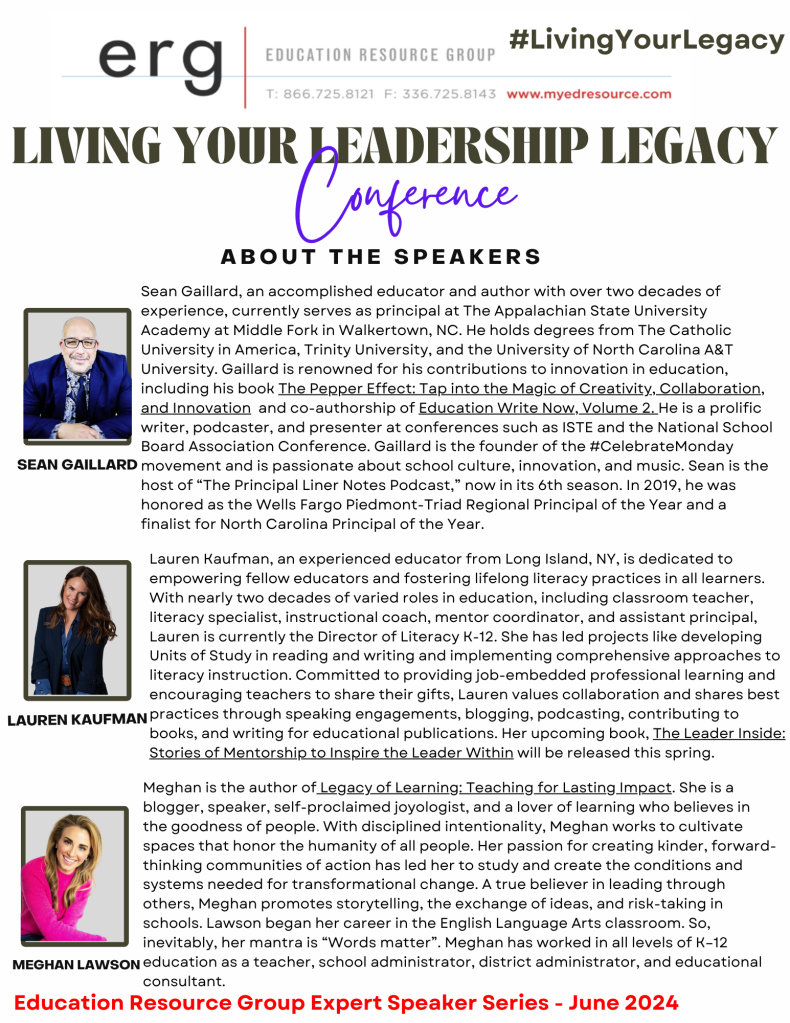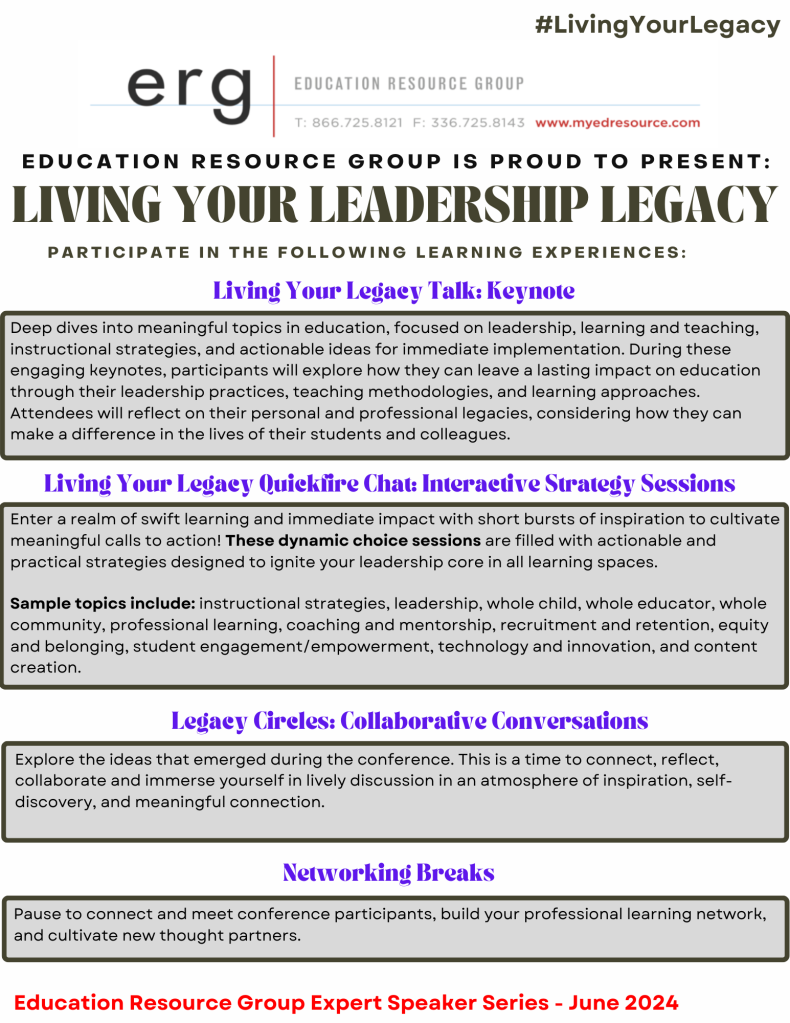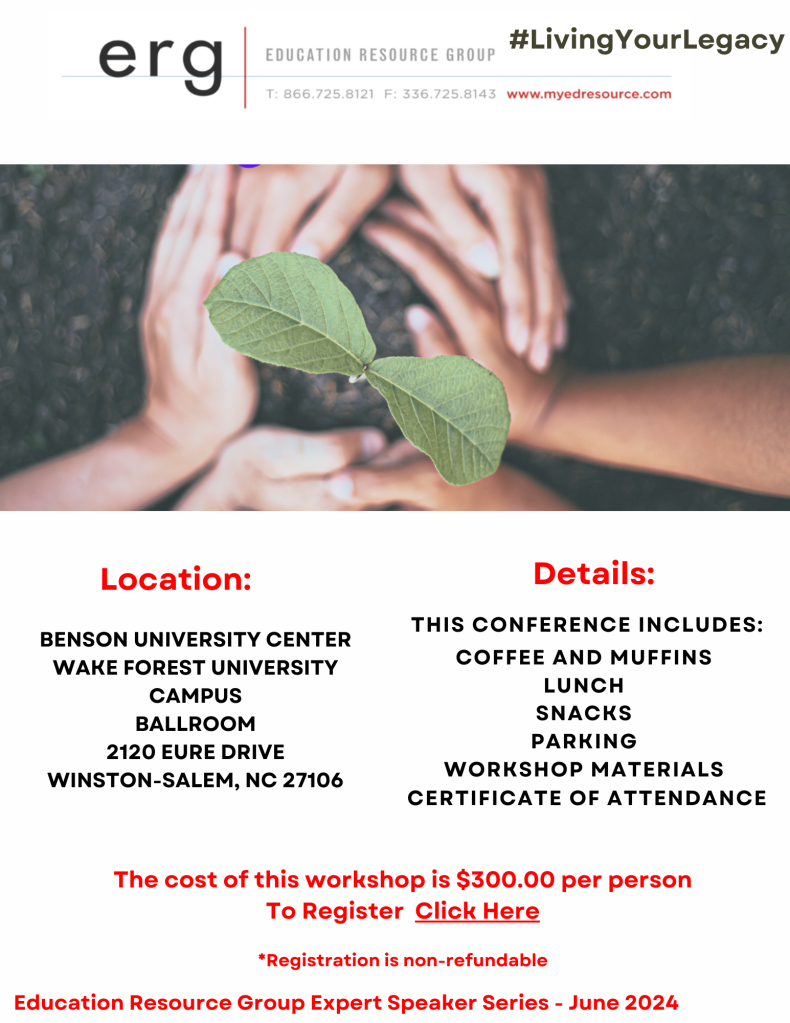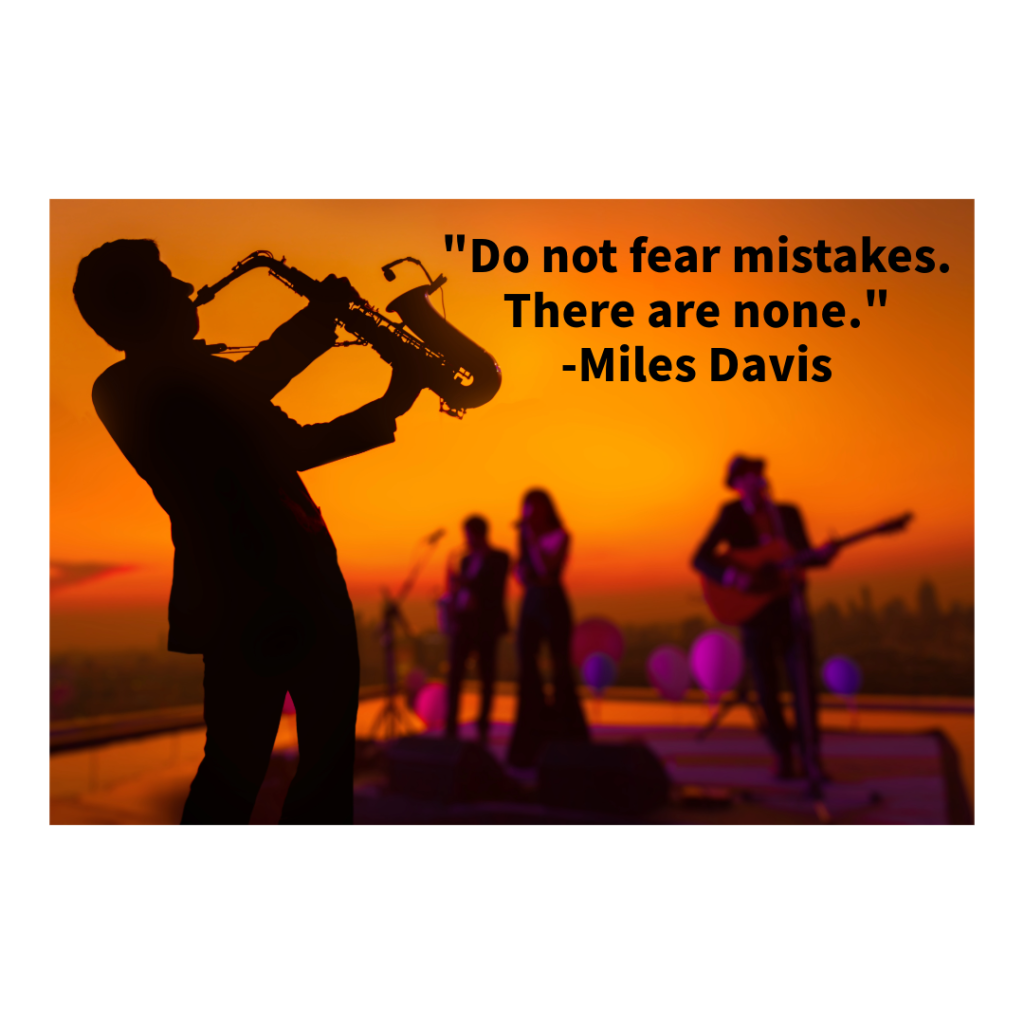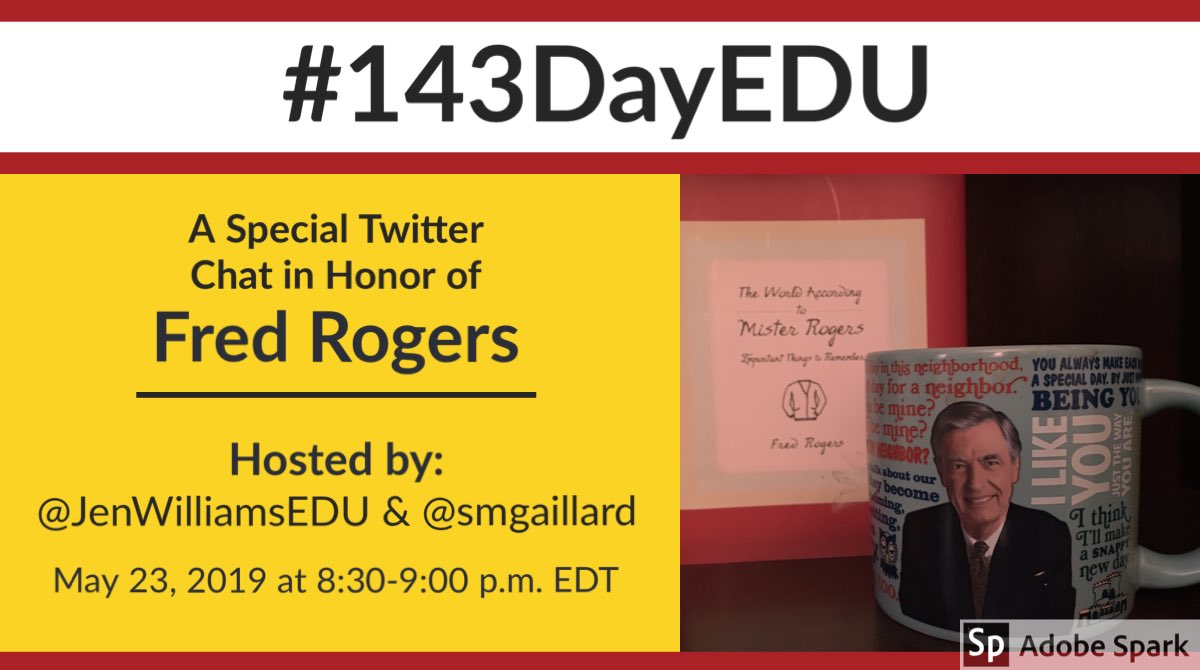A very special thanks to Lauren Kaufman and Meghan Lawson for their collaboration in composing this blog post!
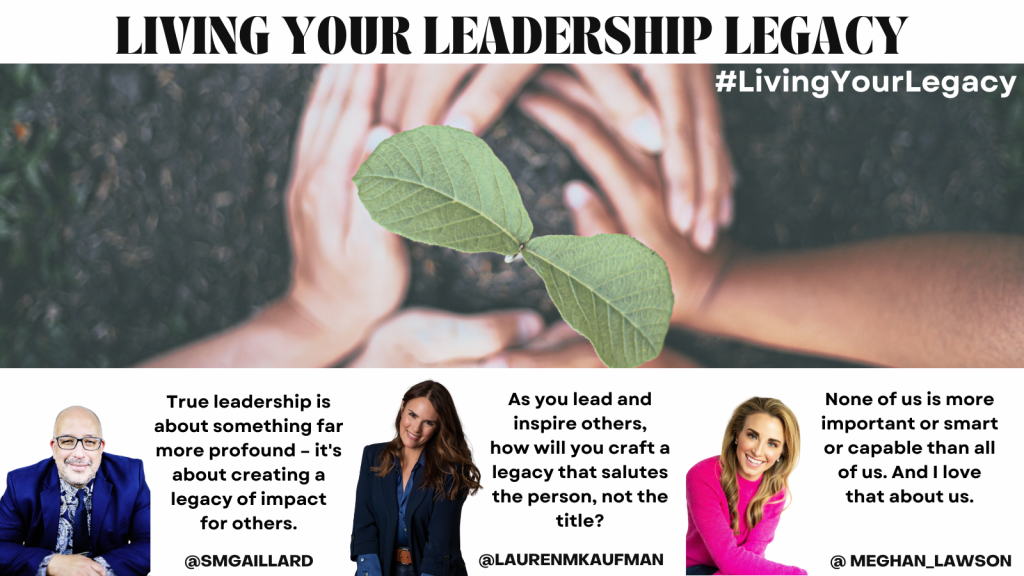
The frame for this piece is collaborative in nature. You are invited to engage in conversation on cultivating your legacy for leadership. Imagine this post as an interactive conversation with three thought partners. It may read more like loosely connected haiku poems than a deep dive piece. We are grateful to collectively compose this piece amongst the three of us. Most importantly, we value being a part of your leadership journey and look forward to the legacy you are cultivating.
Living Your Leadership Legacy
Leadership is a choice. It rests on the shoulders of influence and inspiration, not compliance and control. Living a leadership legacy means recognizing the greatness that lives inside others and giving credit where it’s due. It’s about inspiring others to cultivate confidence in themselves so they can breathe life into ideas that will awaken their soul. -Lauren
Leadership isn’t a mere position; it’s a profound impact that transcends titles and authority. Within the structured confines of education, it’s easy to fall into the trap of hierarchical thinking, where leadership is mistakenly equated with power. True leadership is about something far more profound – it’s about creating a legacy of impact for others. –Sean
Leadership isn’t about being important. It’s about showing others how important and capable they are. Many people think of leadership as being first and in front. But living a leadership legacy means that we are willing to go first with what matters most. Being human. Being vulnerable. The rest of it is really cultivating the conditions and creating the systems needed to make the work well, work. And in a way that supports the humanity, learning, and contributions of all. – Meghan
Leadership is harnessing the gifts that are manifesting within. It’s letting others recognize their potential by planting seeds that they can nurture and grow. Leadership is a privilege that empowers others and unlocks potential. In a recent episode of the How To Academy Podcast, best-selling author David Brooks shared, “The kind of attention you cast on the world determines your way of being in the world.”
So, I ask, what kind of attention will you cast on the world to nurture and inspire those around you?
How will you shape a leadership legacy that leaves a meaningful, lasting impact?” – Lauren
In my leadership journey, I’ve come to realize that the most effective leaders aren’t the ones who wield authority like a blunt instrument, but rather those who embrace collaboration as their guiding principle. These leaders understand that their true power lies not in their own capabilities, but in their ability to empower and uplift those around them. –Sean
Living a leadership legacy means that we don’t wait until we are perfect or the work is perfect to take action. If we continue to only invite people into our schools, our classrooms, our work, our planning and collaboration when we’ve deemed it to be perfect, then we’ve made this work something that only perfect people do. There are no perfect people and there is no one right way or perfect plan. There are simply people. The willing. And that is more than enough to make progress in schools, communities, and in this world. – Meghan
As I have navigated close to two decades in education, I have discovered that I am a natural observer of people. I take great interest in what others say, do, and act on. I look closely at the body language, reactions, and the responses of others. I try to understand others’ perspectives and have empathy for the hidden stories I cannot see. Let me be clear, I’m not perfect. I have learned to embrace my mistakes as opportunities to learn and have the desire to improve for the benefit of those I serve. –Lauren
I’ve been fortunate to have crossed paths with such leaders – individuals who set aside their egos and fostered an environment where everyone could shine. They didn’t see themselves as the sole architects of success; instead, they recognized the inherent leadership potential in others and worked tirelessly to nurture it. –Sean
It’s the way we show up, treat others, and do the work that gives us real, lasting impact. Not our titles. – Meghan
Growing up, I was fortunate to have leaders exemplifying their legacies around me, with my Dad at the forefront. He is a highly respected educator known for prioritizing people. I still hear former students consistently express gratitude for his kindness and the lessons learned from him since he taught in my hometown, where I currently live. Although he didn’t hold a formal leadership title, his influence is undeniable. He inherited this ethos from his father, a community leader dedicated to serving others. Through the years, I’ve sought my Dad’s counsel, and his mantra resonates: “Salute the person, not the title. There is a leader living inside us all.” –Lauren
For me, the moment of clarity came when I was invited by my principal to participate in a schoolwide project. I was surprised that my principal invited me. I didn’t think of myself as a leader in my role as a classroom teacher. I remember being so uplifted and inspired by his invitation. As we gathered together, I looked around the room and I could see that it was a diverse group of individuals. We all came from different departments and levels of experience. The principal cleared his throat and shared such a compelling statement. His words, spoken with genuine belief in our collective potential, still resonate with me today: “You all possess a gift that I need you to share that’s going to help a lot of kids in our school.” In that simple yet profound statement, I saw the essence of true leadership – the ability to recognize and harness the strengths of others for the greater good. –Sean
In my seventh year of teaching, I could feel that I needed something different. I could just feel that I was restless and stagnating. I applied for a teaching job in a neighboring school district. I didn’t get it. When I didn’t get it, I thought, “Wow, now what?” We really have two choices in any situation. We can change where we are and if we can’t change where we are, we change ourselves in the situation. I spent the next year invested in showing up as the kind of person my classroom, my school, and my students needed but mostly, the kind of person I needed. At the end of that next school year, I accepted a job in that same school which had turned me down for a teaching position, but this time as an assistant principal. The most important work we do is the work we do on ourselves. Everything else is secondary. – Meghan
When reflecting on the people I have saluted throughout my life in any capacity, the common gifts they possess are their ability to lead through inspiration. They are people who were living their leadership legacy. I can still hear and see the leaders who didn’t limit my potential, instead, they fueled it. When I formally stepped into leadership, I think about those interactions that shaped the leader I am still becoming. So, as you lead and inspire others, how will you craft a legacy that salutes the person, not the title? –Lauren
Leadership is a calling, but it’s one that often goes unheard amidst the noise of self-doubt and missed opportunities. Yet, all it takes is a single invitation, a gesture of belief from someone who sees the untapped potential within us. As leaders, it’s our duty to extend that invitation, to create space for others to step into their own greatness. –Sean
In the dynamic realm of education, the true measure of leadership lies not in titles or accolades, but in the profound impact we have on the lives we touch and the futures we shape. The past pandemic has underscored the necessity for adaptive leadership that responds to the ever-changing landscape of our world. As we reflect on our roles, let us strive to leave behind a legacy defined by meaningful impact, one that empowers others rather than glorifies ourselves. Let us become the catalysts igniting the flames of leadership in those around us, guiding them towards realizing their full potential. Ultimately, genuine leadership transcends personal recognition; it resonates in the ripple effect of our actions, the lives we inspire, and the futures we shape. –Sean
“We’re all just walking each other home.” – Ram Dass
None of us is more important or more smart or more capable than all of us. And I love that about us. – Meghan
| In collaboration with ERG (Education Resource Group), Sean Gaillard, Lauren Kaufman, and Meghan Lawson invite you to join the Living a Leadership Legacy Conference where we will explore the themes of empowerment, collaboration, nurturing potential and much more. Join us as we delve into strategies for leaving a meaningful impact and igniting the leadership legacy of others. See more details below! REGISTER HERE |

